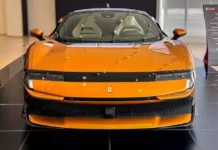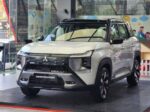“Stop and You Lose”
The B-segment used to be very bustling and competitive in Vietnam due to its reasonable pricing and the value that the car brings. However, while the Toyota Vios and Honda City continue to compete in this segment, other competitors either do not have the strength or have shifted their focus to more lucrative segments. As a result, the Honda City is the only contender left, with the ability to challenge the dominant position of the Toyota Vios.
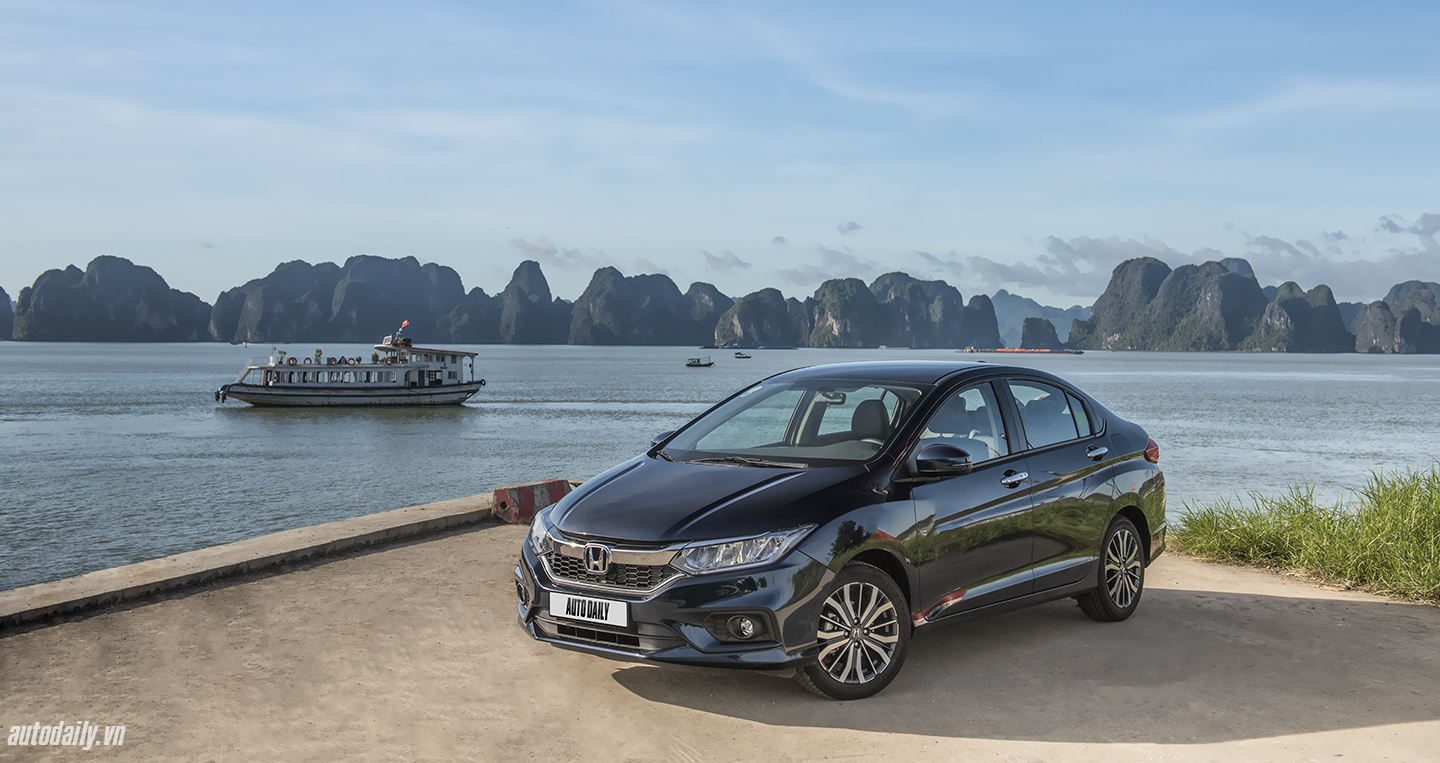
This “two-horse race” has pushed both the Vios and City to adopt more advanced technologies and equipment, making them comparable to C-segment cars. Not only that, these two Japanese models have also become more youthful, personalized, and technologically advanced, while still retaining their traditional advantages such as durability, affordability, and fuel efficiency.
It’s worth noting that the B-segment sedan market saw a significant turning point in 2014 when Toyota introduced the new Vios model. Prior to that, the Vios did not offer any notable technologies and had an outdated design, earning a reputation as a “no-frills” car. Despite this, thanks to its durability, low breakdown rate, extensive network of dealerships, and good resale value, the Vios remained the best-selling model in the market.
However, Toyota recognized that if they continued with the “ugly” Vios design, it was likely that competitors, which were becoming more numerous and better-equipped, would overtake them. As a result, in 2014, Toyota launched a new Vios model with a more youthful, beautiful, and fashionable design. Since then, the Vios has maintained its dominant position in the segment, causing many competitors to feel discouraged and withdraw from the race.
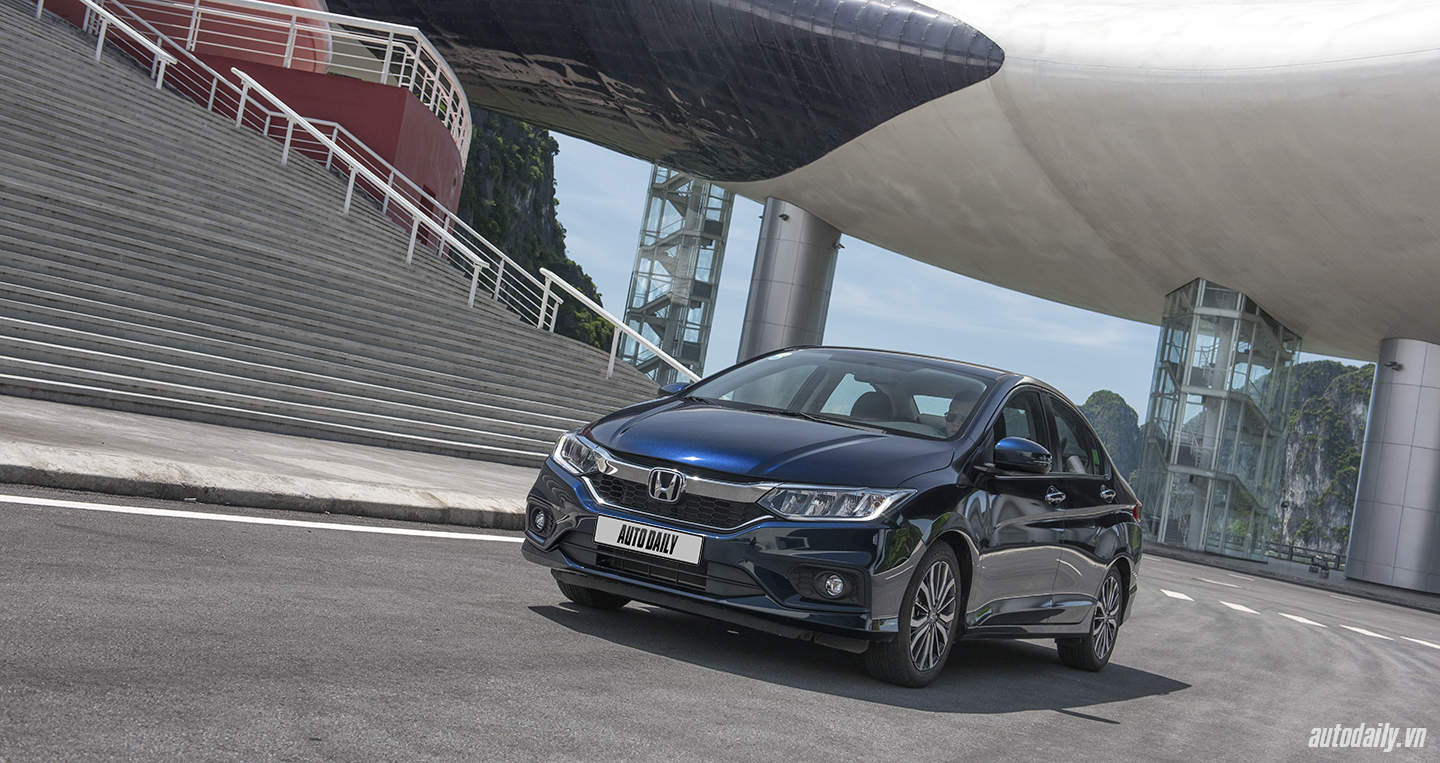
The Honda City, on the other hand, did not give up. With its sporty design, fuel-efficient engine, exciting driving features, and CVT gearbox, this model immediately caught the attention of Toyota.
Honda understands that “stopping is losing.” This is why the Japanese automaker has made significant upgrades to the 2017 version of the City. The newly launched model is considered to be equipped superiorly compared to its B-segment competitors, with numerous advantages and enough capabilities to compete with its “big brother,” the Vios.
Now, let’s take a closer look.
Exterior: Softer and More Sophisticated
Although it is a facelift version of the 4th generation, the exterior of the City features many new and fresh details, especially at the front.
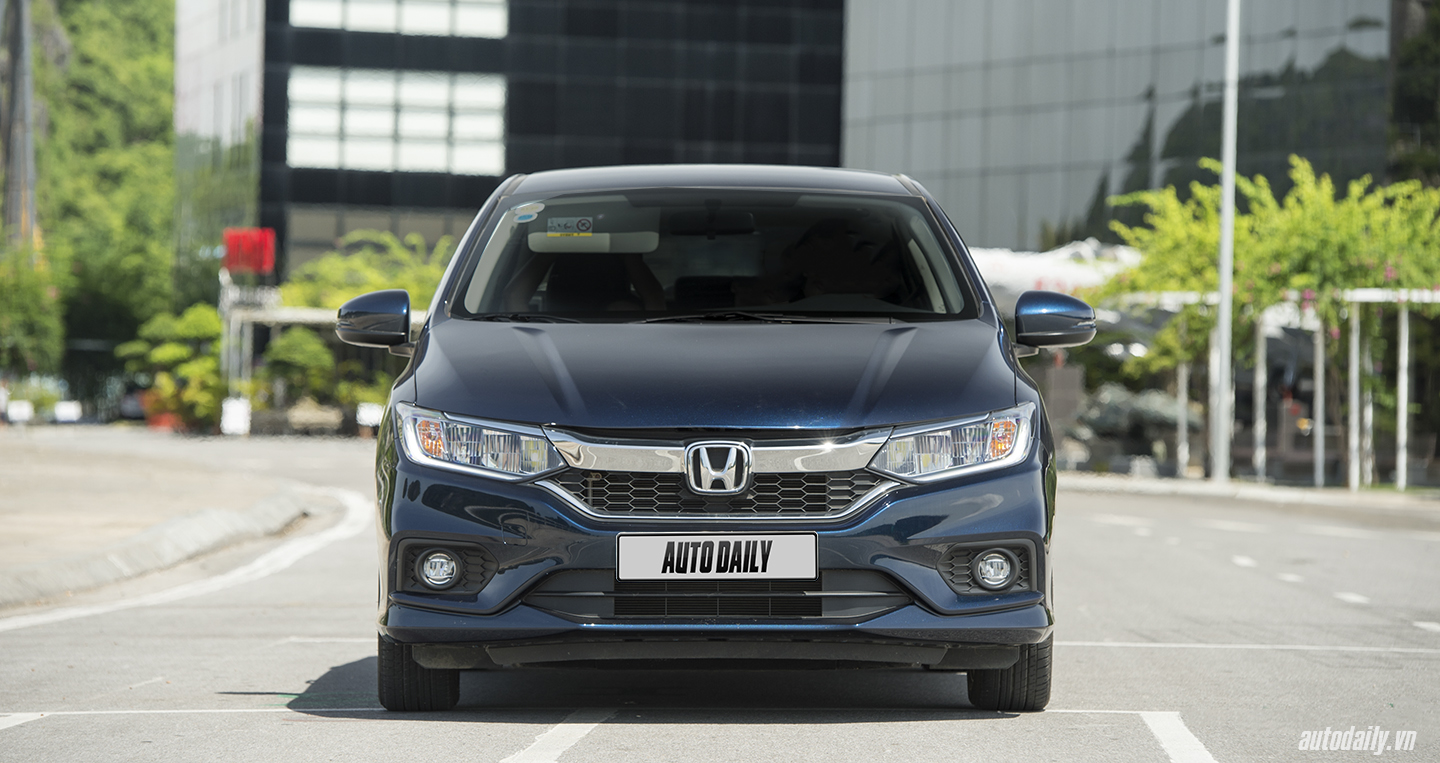
When I meet someone for the first time, I have a habit of looking into their eyes. Similarly, when it comes to cars, I focus on the headlights – the “eyes” of the car. Therefore, it comes as no surprise that the new headlight cluster design of the 2017 City impresses me. The City 1.5 TOP version, which I test drove, is equipped with a full LED headlight cluster, including daytime running lights and fog lights. This is a significant advantage as no other car in the same segment offers such a modern lighting system.
At the front, I can see the “shadow” of the Civic, Accord, or CR-V. What’s even better is that Honda skillfully incorporates the most exquisite details of its “big brothers” to enhance the City’s appearance. The “face” of the City, which was originally “masculine,” now looks even more “handsome.”
The most noticeable change is the grille. The large chrome bar with the Honda logo on the 2016 model has been neatly sculpted. Below, a thin chrome strip has been added, curving softly. This detail extends to both sides and connects with the bottom edge of the two headlight clusters, creating a harmonious look.
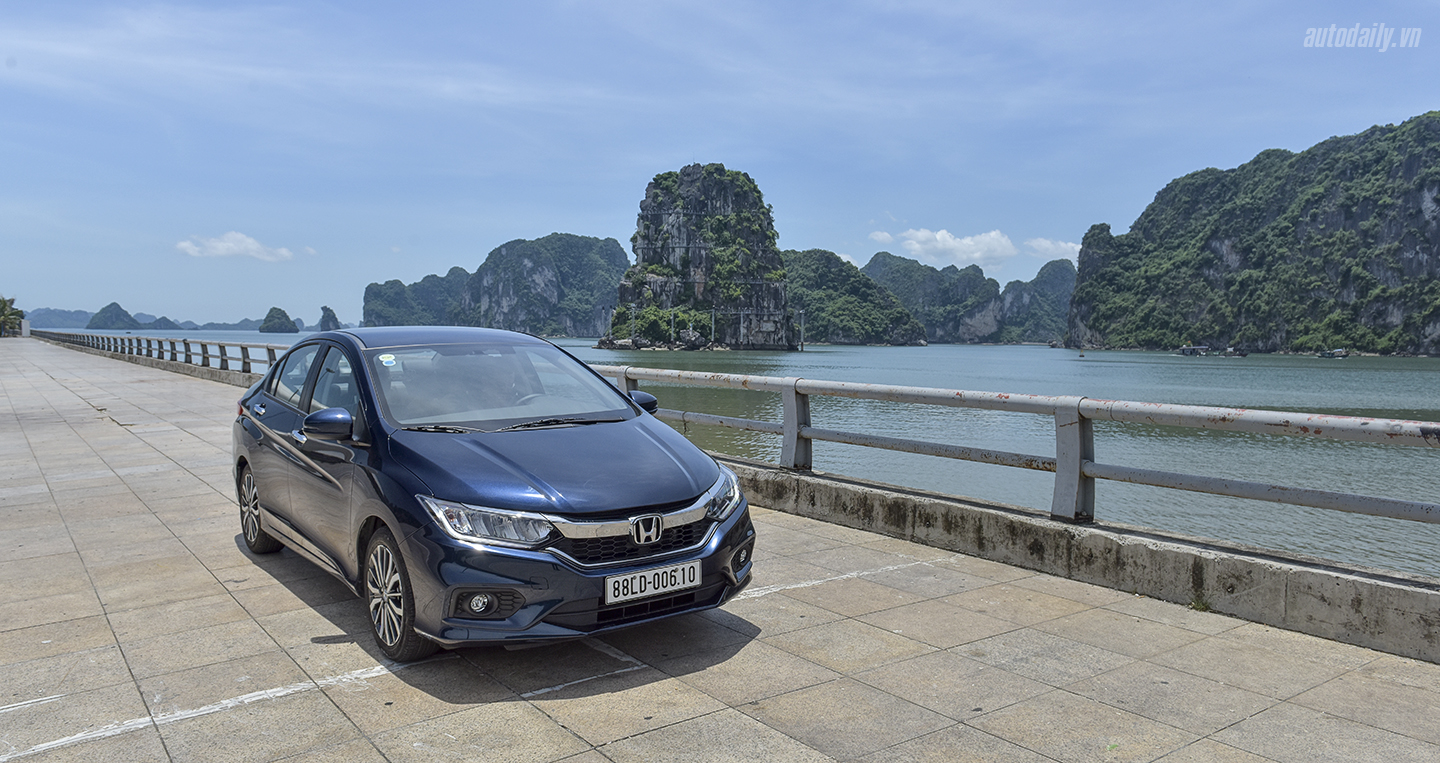
The front bumper has also been redesigned to match the changes in the 2017 City’s “face.” The Honda engineers have created many prominent contours, giving the front of the car a more elegant look.
To be honest, I don’t like the material and finish of the gearshift. If it were wrapped in leather like the steering wheel, it would be much better, as the gearshift is a part that the driver frequently touches when driving.
The driver’s seat can be adjusted in 6 directions, while the passenger seat can be adjusted in 4 directions. Although the adjustments are manual, the comfortable leather surface of the seats provides a soft and comfortable feeling.

The rear space is even more impressive, as the passengers feel very spacious. There is plenty of legroom for stretching. The rear air vents can be adjusted but are not strong enough to blow cool air further back, which means that sitting in the back may be uncomfortable on hot and sunny days. The good thing is that Honda has added a third headrest for the middle seat and a folding armrest with cup holders.
The 2017 Honda City maintains the same dimensions as the previous version. It measures 4,440 x 1,694 x 1,477 (mm) in length, width, and height respectively. The wheelbase is 2,600 (mm), the ground clearance is 135 (mm), and the minimum turning radius is 5.6 meters.
Interior: More Convenient and Spacious
One of the key factors that wins over car users nowadays is not only the car’s good looks but also its convenience and spaciousness. A car must not only have an attractive price but also meet the ever-increasing demands of users. Honda has successfully addressed this challenge by listening to customers and adding the most practical features to the car’s interior.
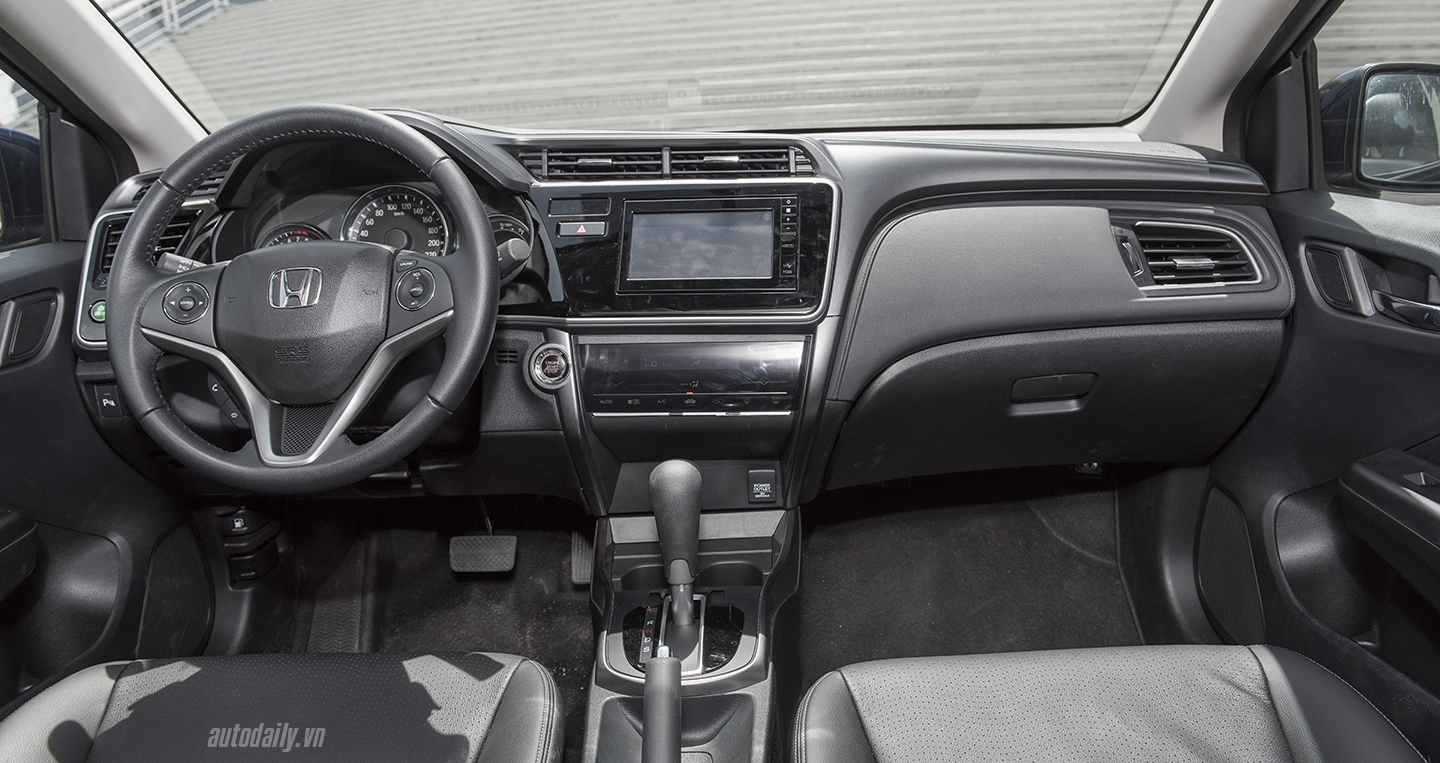
Let’s start with the front cabin area. The first convenience is the push-button start and smart key. This is a familiar feature in mid-range models and is a must-have for a Japanese sedan in the B-segment priced around VND 600 million.
The City 2017 features a sporty 3-spoke steering wheel wrapped in leather, with integrated audio controls, cruise control buttons, and two paddle shifters. The car’s parameters and operations can be easily monitored through the instrument cluster, which features three chrome-rimmed circles with vivid colors and a clear arrangement of numbers and icons.
The material and finish in this area are also of high quality, with solid and well-sealed plastic trims. The leather trim on the side of the passenger seat adds a touch of luxury to the cabin.
In the center of the cabin, there is a 6.8-inch touchscreen that can be connected to a smartphone via USB/Bluetooth and supports HDMI. It’s worth noting that the City 1.5 TOP version comes with an 8-speaker sound system, allowing you to listen to MP3 music, watch videos, and tune in to AM/FM radio (the 2016 version only had 4 speakers). The screen also serves as the display for the reverse camera, featuring three viewing modes. This level of equipment is rarely seen in cars in the same segment.
The shift lever remains unchanged, made of plastic. This is something that I don’t particularly like. If it were wrapped in leather like the steering wheel, it would be much better, as the gearshift is a part that the driver frequently touches when driving.
The driver’s seat can be adjusted in 6 directions, while the passenger seat can be adjusted in 4 directions. Although the adjustments are manual, the comfortable leather surface of the seats provides a soft and comfortable feeling.

The rear space is even more impressive, as the passengers feel very spacious. There is plenty of legroom for stretching. While the rear air vents can be adjusted, they are not strong enough to blow cool air further back. However, it should be noted that sitting in the back may be uncomfortable on hot and sunny days. On the bright side, Honda has added a third headrest for the middle seat and a folding armrest with cup holders.
The City’s trunk can hold up to 536 liters of luggage, and its capacity can be expanded even further when the rear seats are folded. During our tests, we folded the seats and put various items in the trunk, from filming and photography equipment to personal belongings and even a golf bag. This test demonstrated that the City is not only suitable for city driving but can also be confidently used for long trips or camping thanks to its spacious trunk.
Performance: Comfortable and Exciting Enough
The engine and gearbox in the 2017 City facelift have remained unchanged from the previous version. The car still features a 16-valve 4-cylinder 1.5L i-VTEC engine, offering the highest horsepower in the segment at 118 hp at 6,600 rpm and a maximum torque of 145 Nm at 4,600 rpm. I have tested previous generations of the City as well as the upgraded 2017 version, and my opinion remains the same: driving the City is both comfortable and exciting enough.





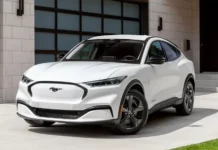
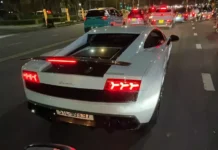
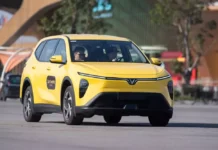
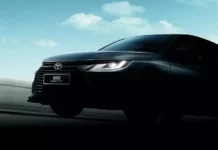
















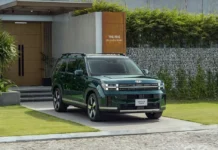
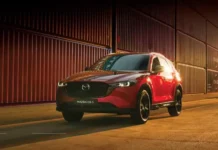

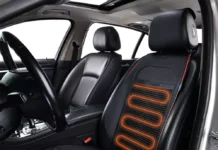
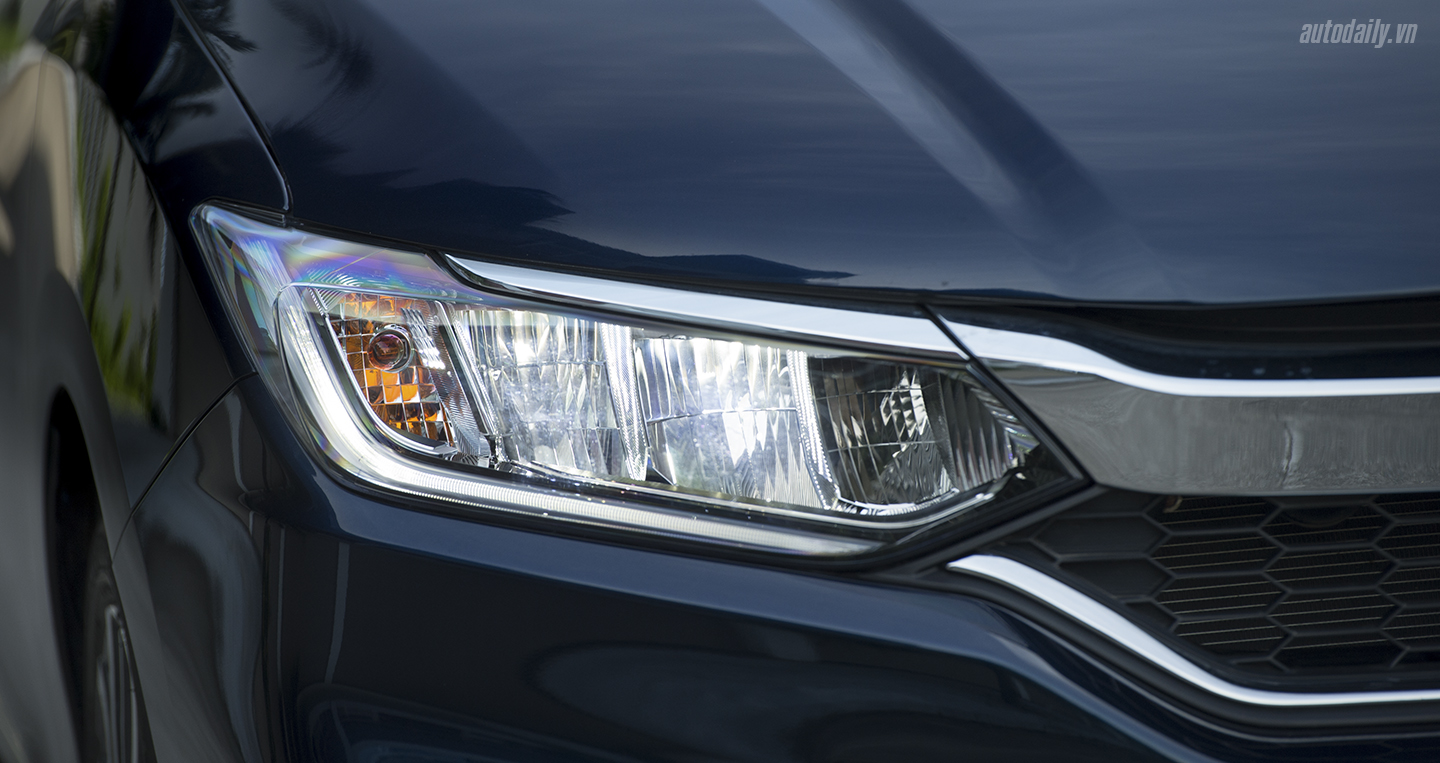
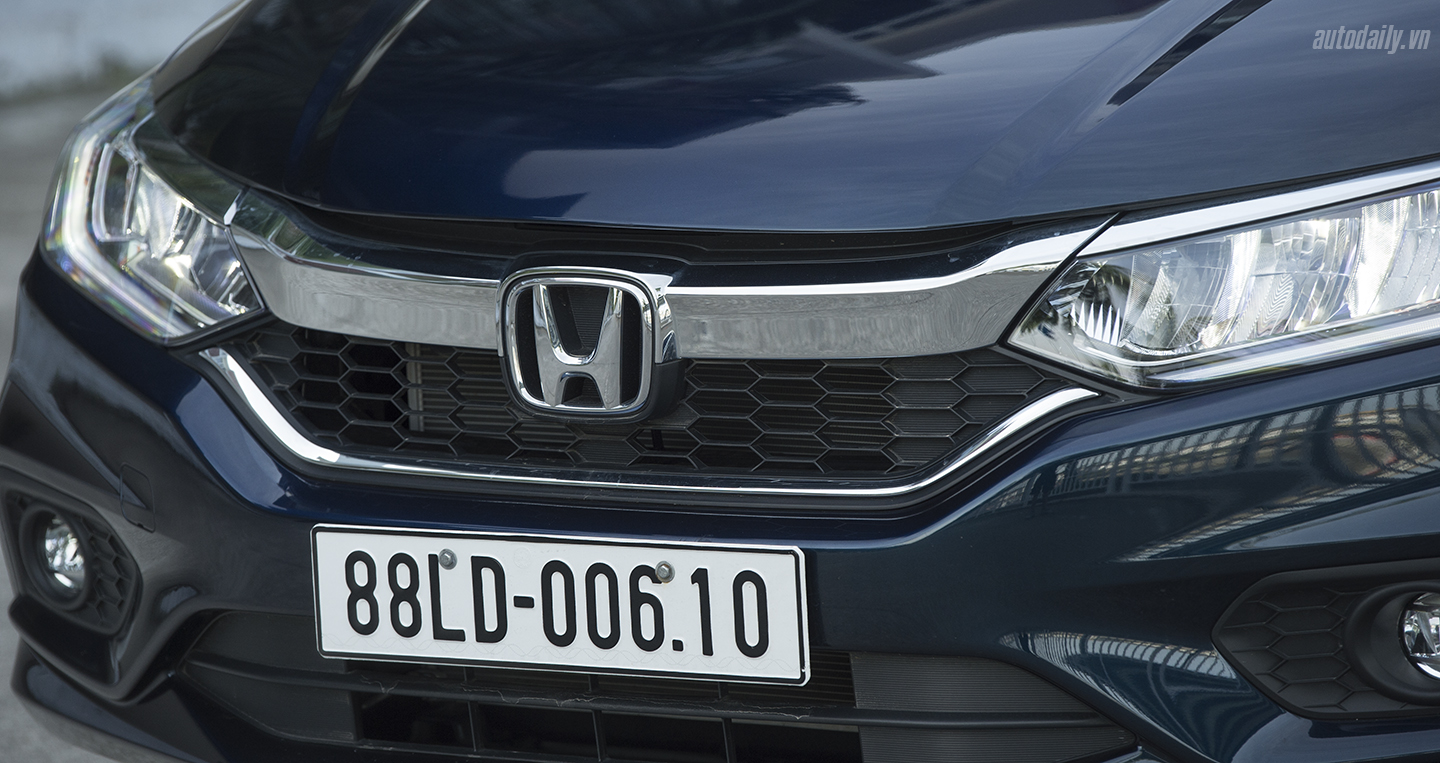
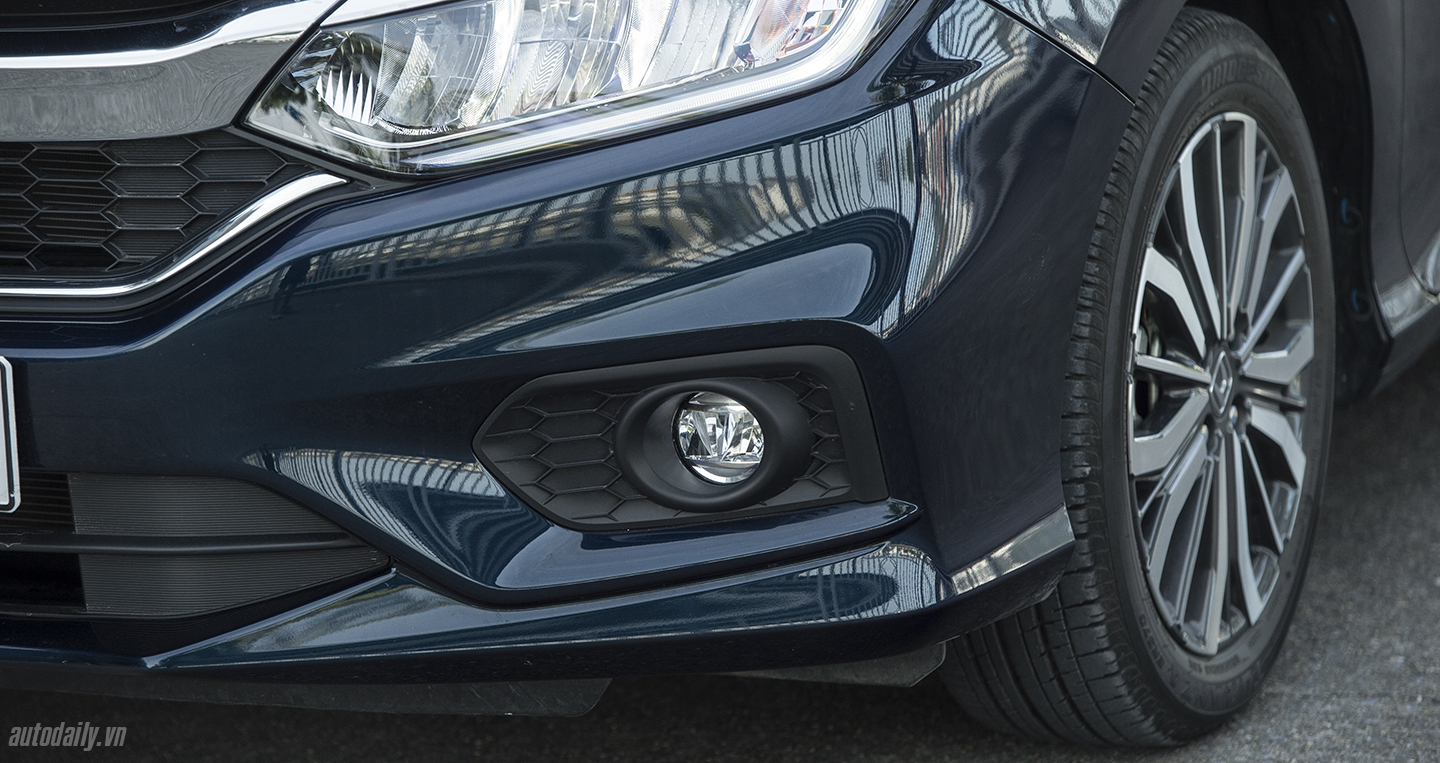
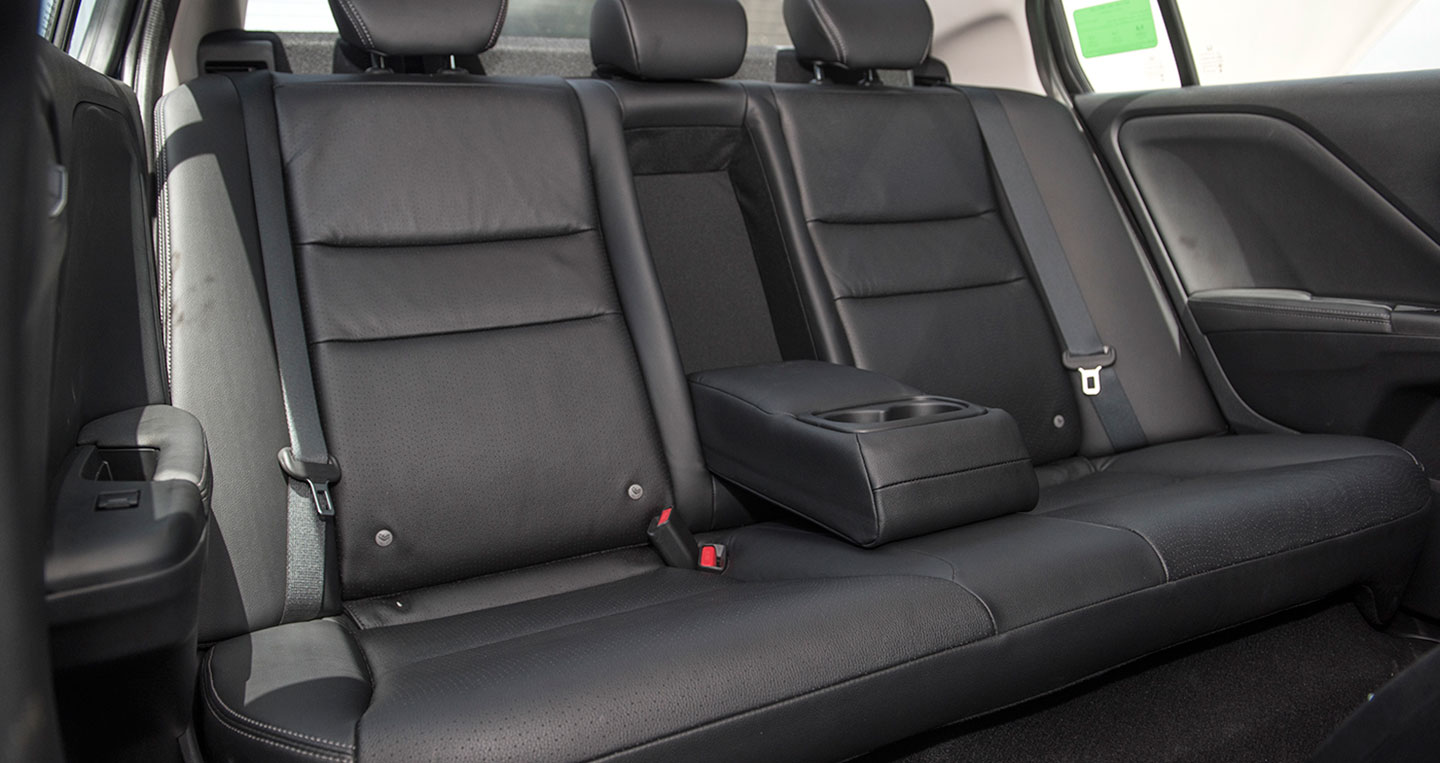

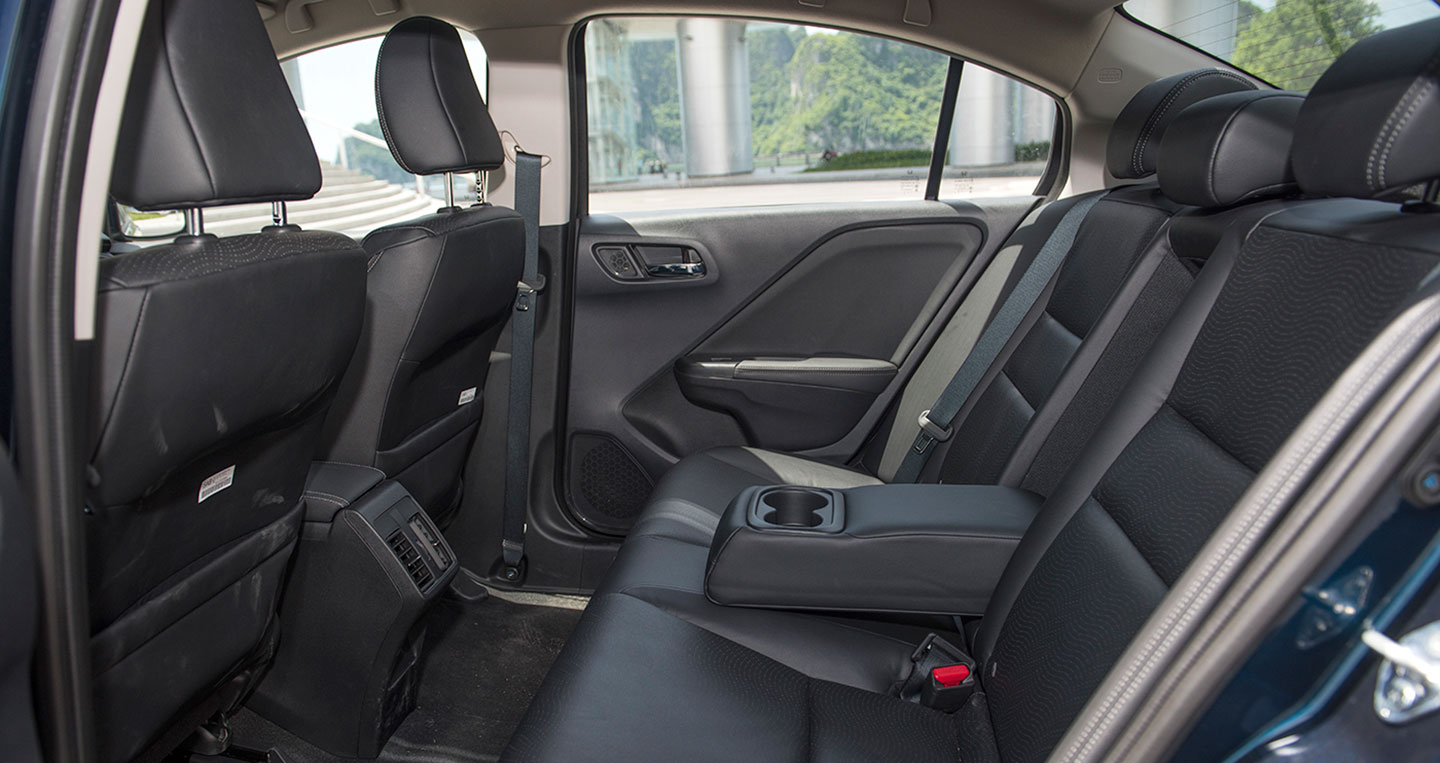
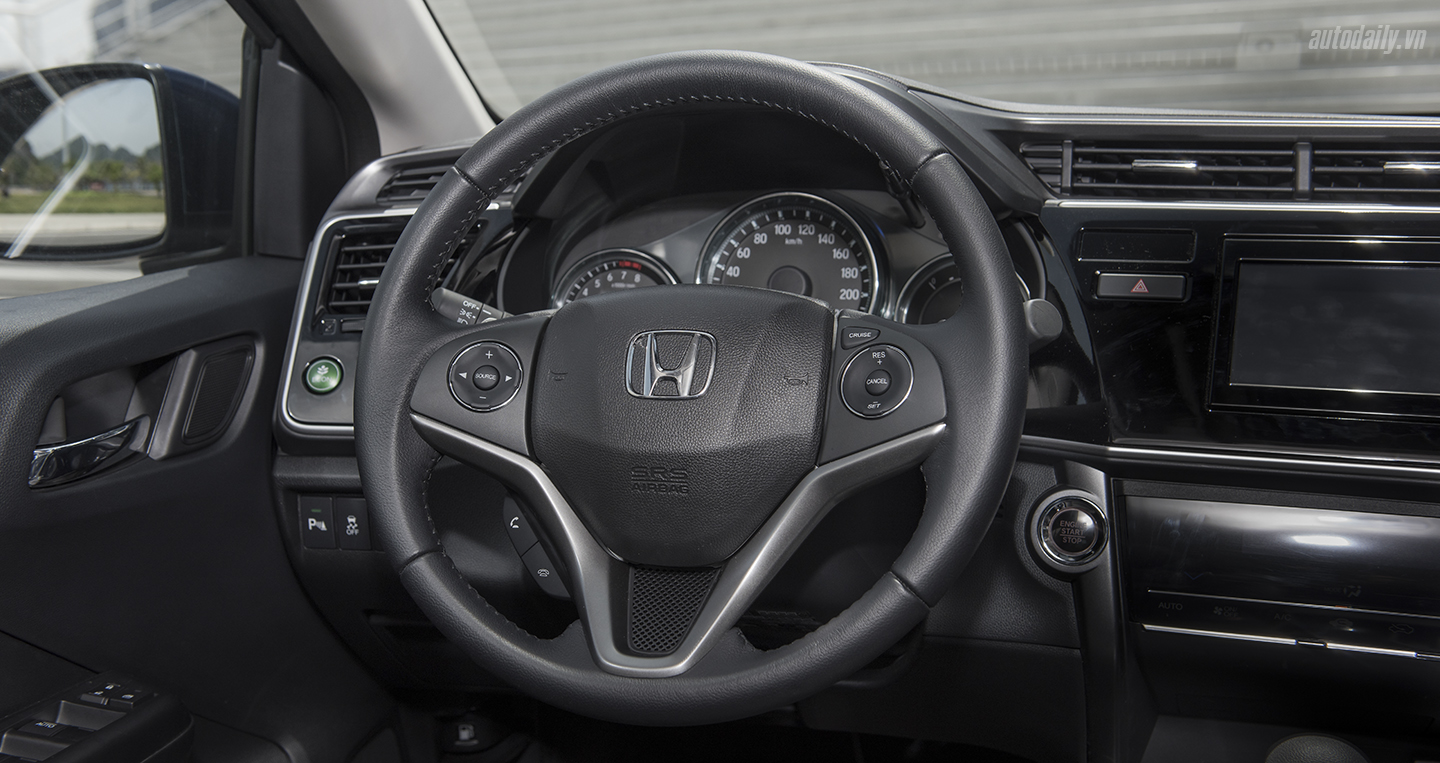
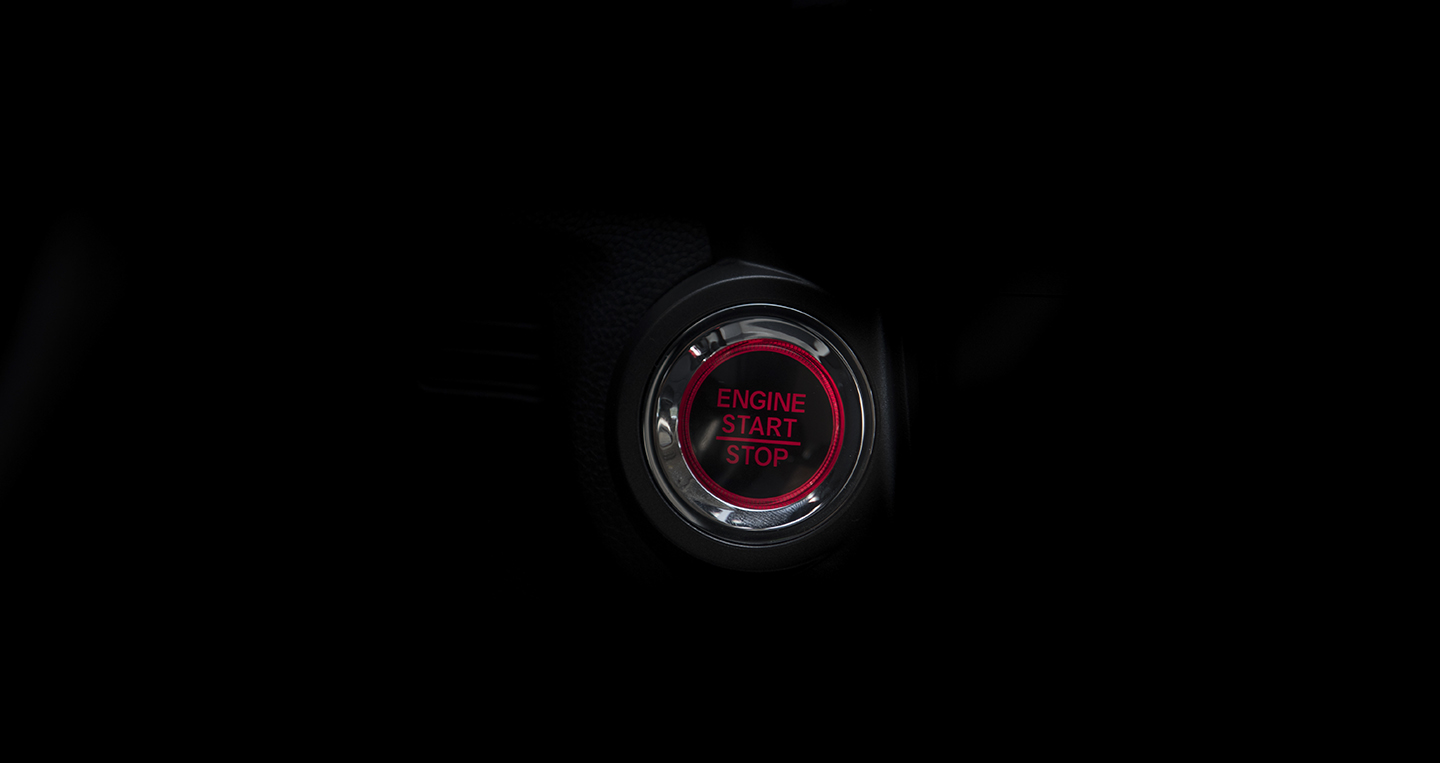
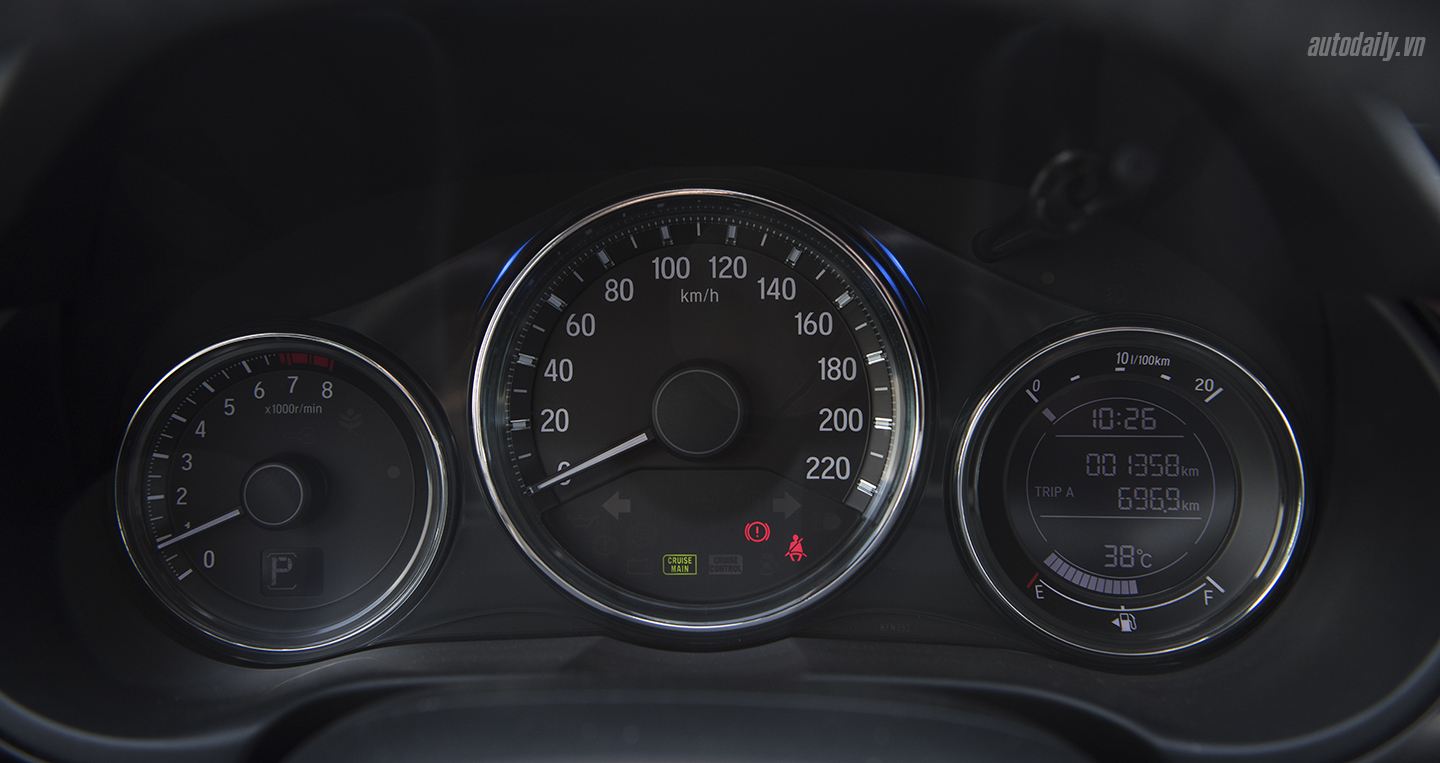
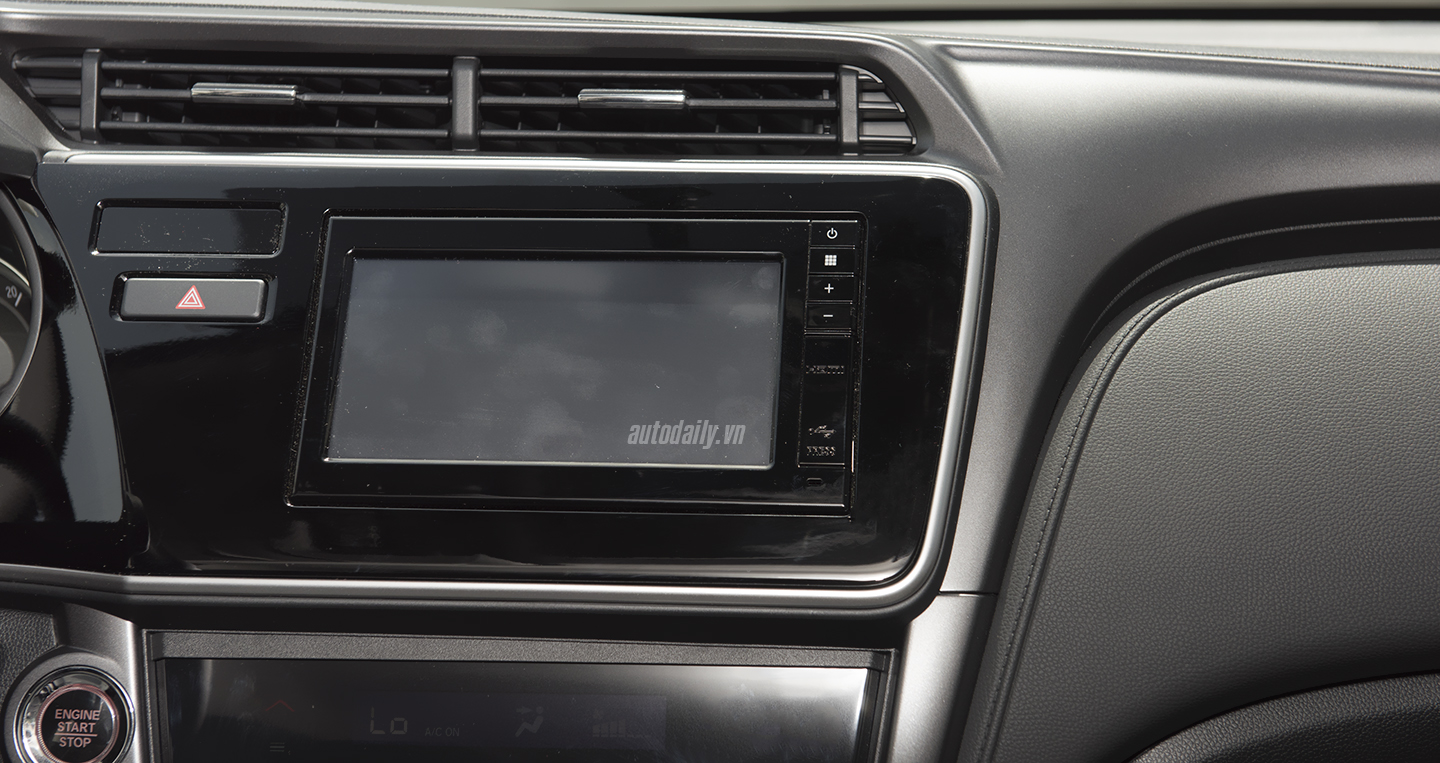
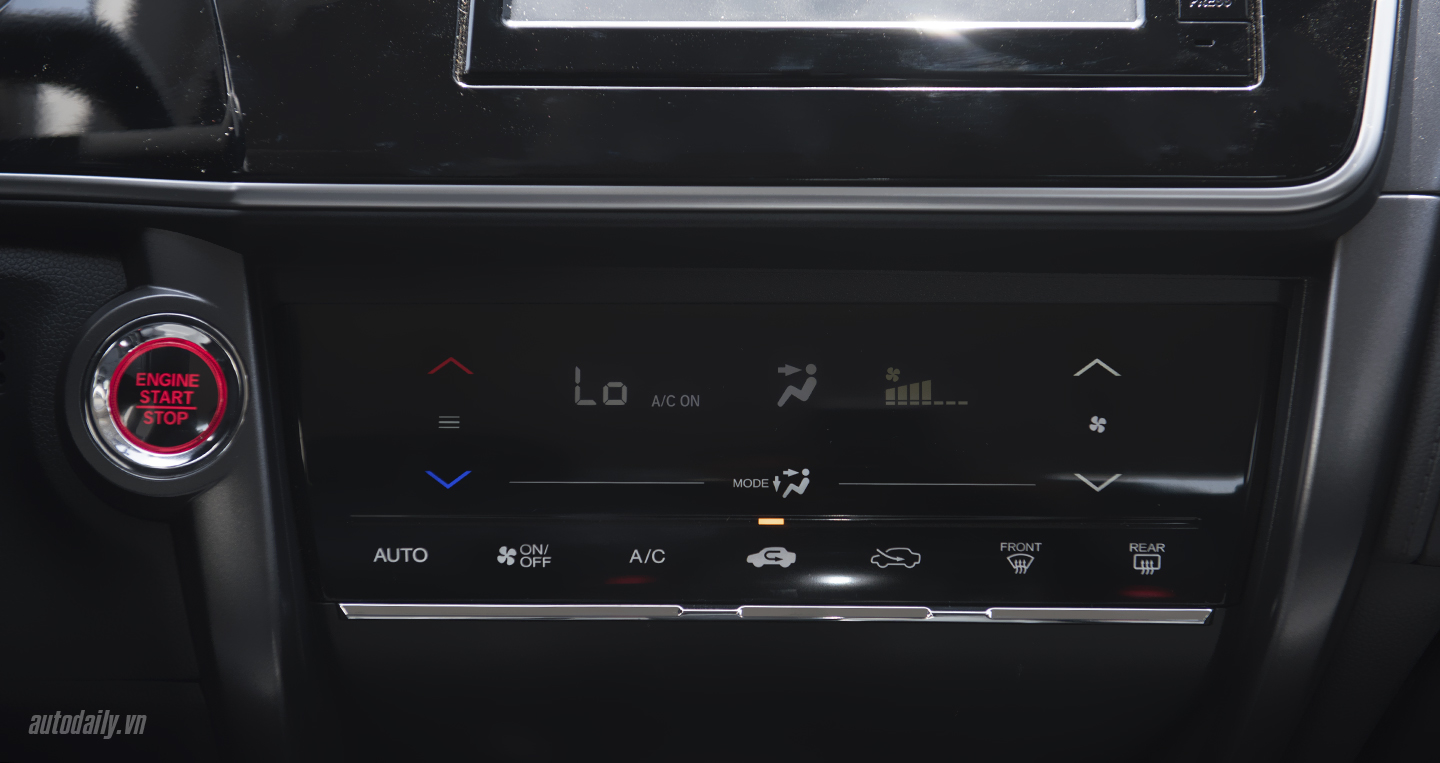
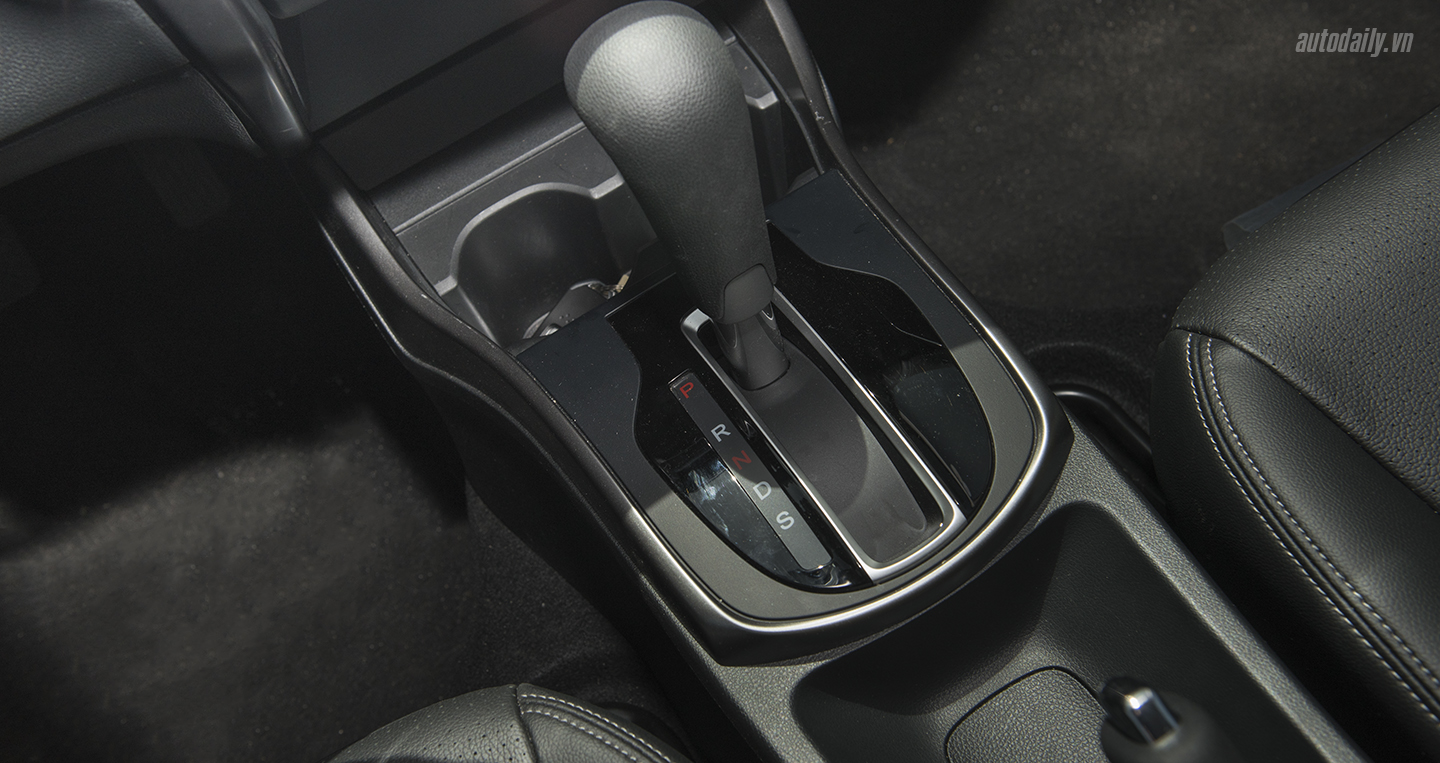

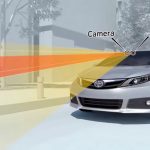

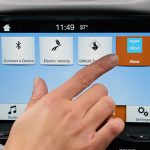
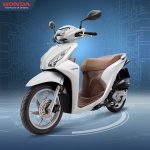
![[CAR REVIEW] Honda City 2023: Easily Satisfying Consumers](https://vnauto.net/wp-content/uploads/2023/10/xehay-hondacity-26092023-1-150x150.jpg)


